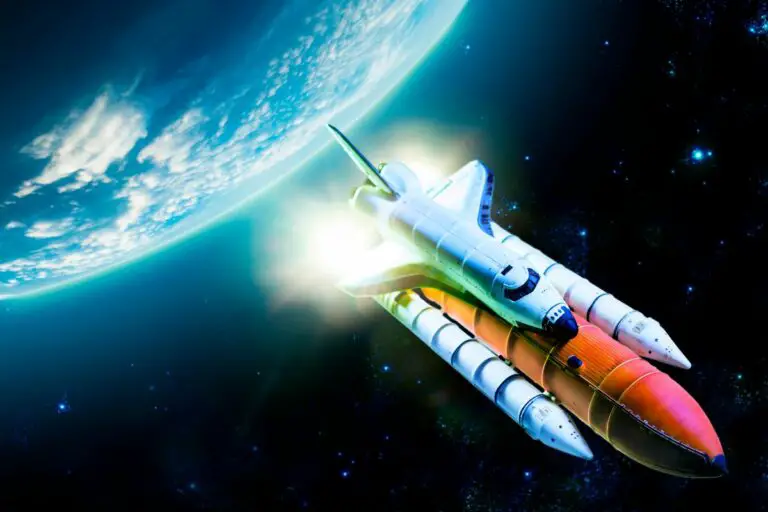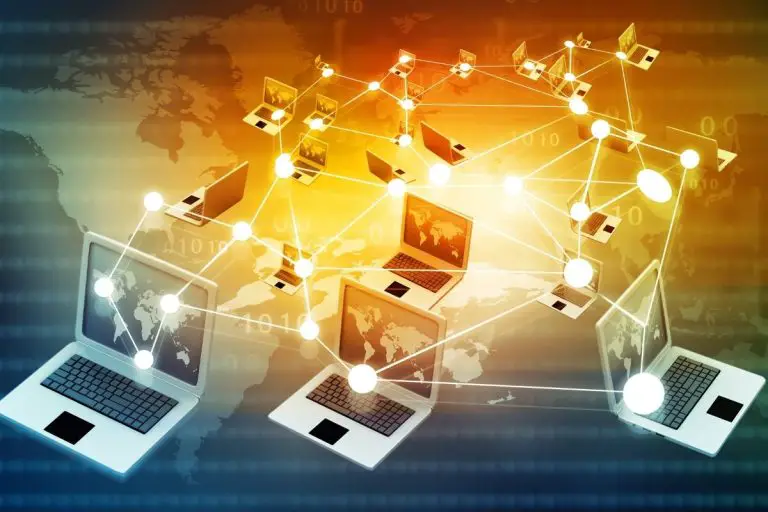What’s the Difference between XML and HTML?
At first glance, XML and HTML seems relatively similar with their format with tags.
However, as you may imagine, it’s not the same thing, otherwise there will be only one format 🙂
We’ll now see the difference between XML and HTML.
As a whole, XML is a customizable language, made of tags, that allow to write a catalog of information easy to read for computers. HTML is a strict language, made with a list of tags to respect, where each one has a specific role. HTML is used to display data on a website.
After this brief introduction, we’ll see in detail what are exactly XML and HTML, and the differences between these two languages.
XML
Definition
XML stands for eXtensible Markup Language
I didn’t find any clear enough definition, without confusing you with both terms of the day, so I’ll explain it to you
XML is a file format, written with a tags language
A tag starts with a < and ends with a >
For example, <xml> is what I call a tag
XML is “extensible” because it’s possible to define other language from the XML, like the HTML we’ll see later
I will immediately show you an example of an XML file, it will be clearer for you
XML file example

Structure
You have seen a basic XML file
There are two important things to note:
- You can use absolutely what you want for the tags name
You will probably need to explain it to other readers, but it’s your choice - But each opening tag must have a closing tag somewhere
For example <id> is closed with </id>
Usage
XML files are generally used for data transfers between two partners
Like its format is different with each partner, you’ll often find a documentation to learn how to read it
Here are a few real examples:
- A store can send its product catalog (products, prices, stock, etc.) to a website that will sell these products for the store owner (marketplace)
- A carrier updates the status of the packages to the company that sent them
- Or to export a software configuration to import it into another software or server (automatically or not)
XML is an easy-to-read language for a computer
Most of the programming languages allow you to read an XML, and turn it into an object or an array, so you can store the data in another format (in a database for example)
HTML
Definition
HTML stands for HyperText Markup Language
And I have found a definition:
A markup language that is used to create documents on the World Wide Web incorporating text, graphics, sound, video, and hyperlinks
Merriam-Webster
Well, it’s not a definition from a developer, but it already gives us a few information
HTML is a language to display the pages content on the web
By using tags, we can for example create a link to another page
Like for XML, I think an example is needed now 🙂
HTML file example

Structure
HTML is a “true” programming language, with a syntax and rules to respect
An HTML file structure is made with predefined tags:
- html: beginning and end of the page
- head: beginning and end of the header
- body: beginning and end of the page content
- p: paragraph
- a: hypertext link
- etc.
You can’t do it another way
Your page can be opened by any web browser (Chrome, Firefox, Internet Explorer, etc.), and by anyone in the world
To display the page the same way on any device and software, you need to respect the HTML rules
Usage
As I already said, HTML is the basis of any web page (this one too ^^)
So it’s almost used on every website you visit
HTML has evolved several times since its creation in 1993, and you may find some variations, but the basic principle remains the same
That’s to say that almost all web pages are built with HTML, but not only
Generally, there is at least CSS for the page layout and design (colors, bold, center, etc.), JavaScript for interactions and PHP for communication with the databases
HTML is the cornerstone of a web page, but without the other languages the web pages would still look like what we could know in the 90s 🙂
Differences between XML and HTML
We can now move to your main question, that’s to say the difference between XML and HTML
Even if you probably have a better idea about these differences, I give you the main points now
Structure
Both languages use tags to structure the information
The visual aspect of a basic file can be similar, with data between tags
But it’s probably the only common point between these two languages
Syntax
The syntax of an HTML file is strict, you can only use one of the predefined tags. Each tag has a specific usage. For example the <title> tag define the page title, and you can’t use it for something else
In XML it’s different, you can create your tags, there are no rules about the tag names
However, XML is more strict about the errors (they are not authorized) and about the fact to close the tags (mandatory)
You can also note that HTML is case-insensitive, while XML is case-sensitive
Usage
HTML is very specific, you can use it only for web pages on the Internet
It allows to define the frame of a document thanks to the use of predefined tags
XML is a language to exchange data between two or more partners
As it’s not predefined, a documentation is usually needed to know how to read the file
Extension
HTML files have generally a .htm or .html extension
While XML files are ending with .xml
Related questions
What about the XHTML? The XHTML language is like a mix of both languages. That’s to say that it’s based on the HTML with a stricter syntax on certain points (like XML). For example, it’s mandatory to close tags with XHTML, while it’s not in HTML
Conclusion
That’s it, you now know the difference between XML and HTML
Please share this post on social networks if it was useful for you






